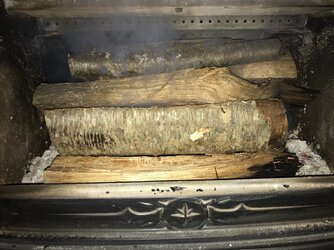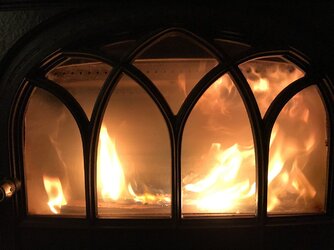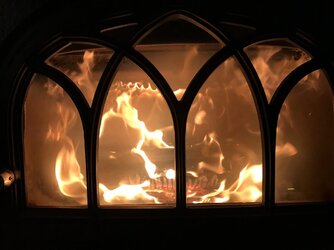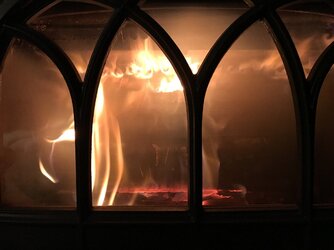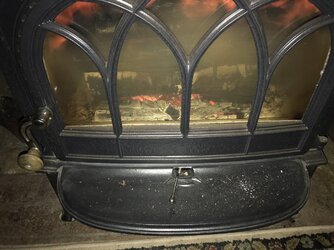I’m trying to dial in the overnight burns in the Jotul f400 castine. Working to get the maximum burn time while producing minimum creosote. Let me know what you think of this setting in the 22 second video clip Thanks!
Draft set to a bit more than 3/4 Closed.
Single Wall stove pipe at a bit over 300F at 10" above the top of the f400 outlet collar. (that's as high as i can get it and still see it).
Exterior Temp 20F.
Draft set to a bit more than 3/4 Closed.
Single Wall stove pipe at a bit over 300F at 10" above the top of the f400 outlet collar. (that's as high as i can get it and still see it).
Exterior Temp 20F.


